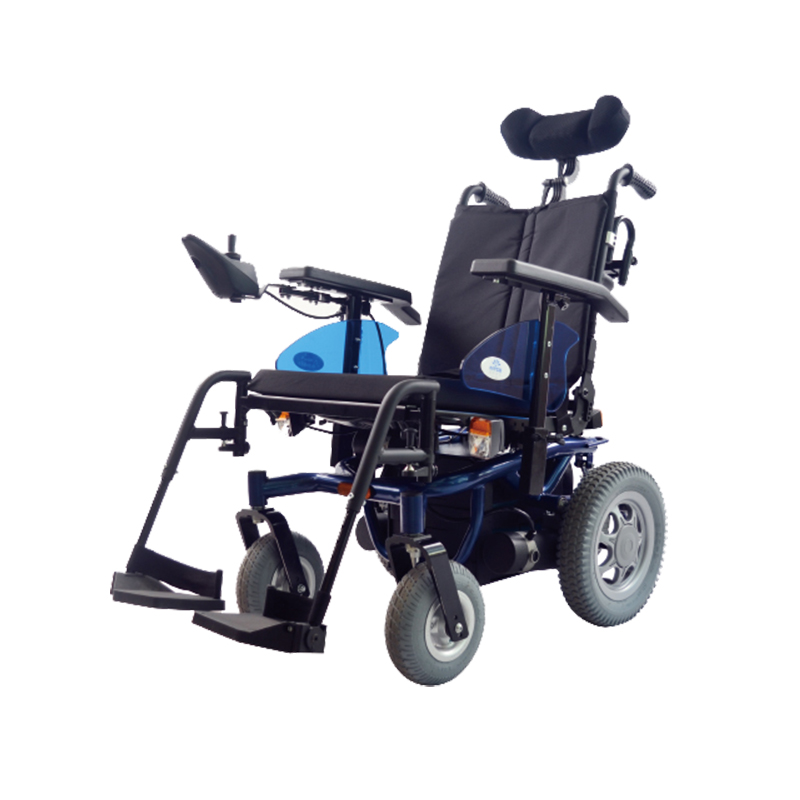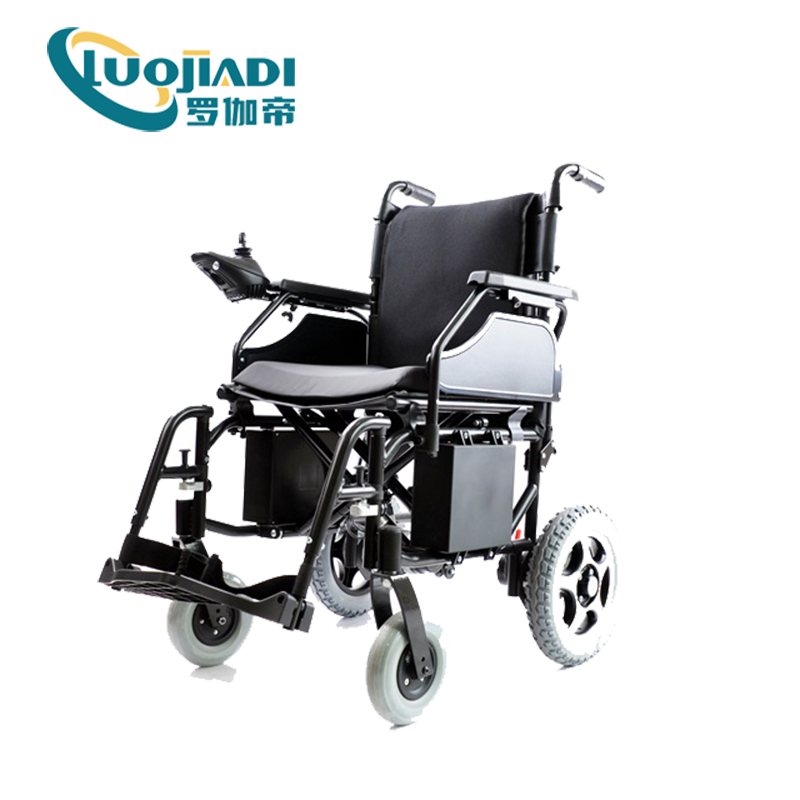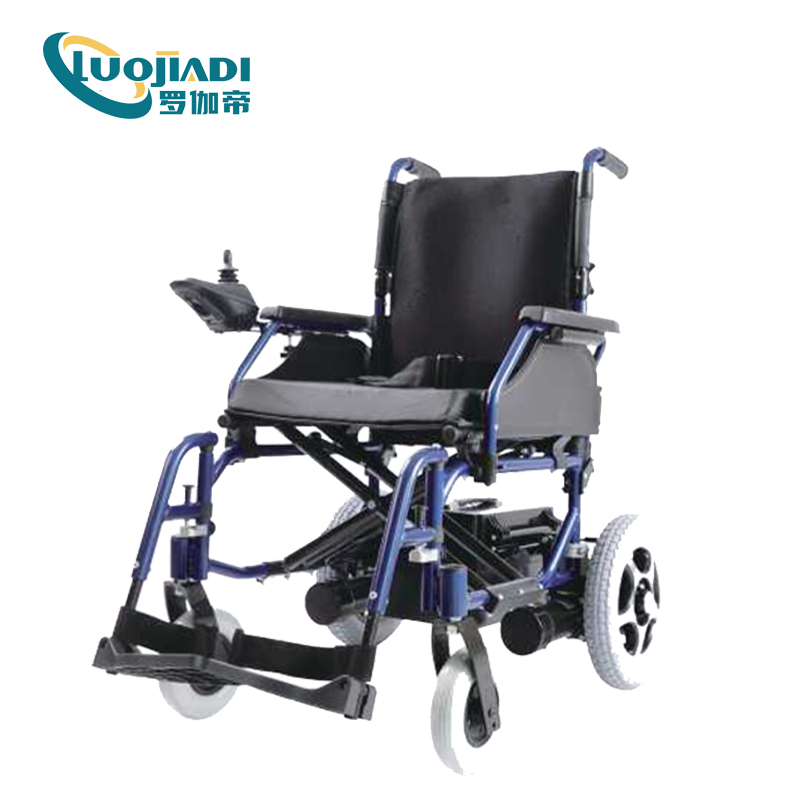Release date: 2016-05-19 Researchers at Duke University in North Carolina have announced that they have successfully developed new wireless technologies that allow monkeys to use their minds to control wheelchairs. It is reported that this brain implant-based wireless technology is expected to help people with sputum or amyotrophic lateral sclerosis recover freedom of movement. The new wireless technology allows monkeys to control the machine's Wheelchair with the idea, without the need to set electrodes on the monkey's head to detect brain waves, and without wires to connect to an external computer. Researchers have developed a new brain-computer interface that implants micro-filaments that are thinner than hair into the two regions of the monkey's cerebral cortex for brain signal detection. At the same time, the brain region neuron signals detected by the microfilaments were recorded using a wireless BMI device attached to the monkey scalp. When a monkey develops an idea of ​​moving toward a goal, the computer can analyze its brain activity signals and control the wheelchair forward. There have been many studies of thinking about wheelchairs. However, most of the research is based on the collection of brain waves, the signal needs to be transmitted in wired mode, and there are certain requirements for the user's own physical conditions. Researchers say the wireless technology is an exciting gospel for patients with loss of body control, inability to move, and amyotrophic lateral sclerosis. At the same time, the researchers pointed out that 70% of patients with sputum are willing to use surgery to implant microfilament electrodes in the brain to control external devices. The researchers completed experiments on two rhesus monkeys and tested the signals of about 300 neurons in each monkey's brain. Next, the researchers will experiment on more primates to improve the accuracy of neuronal detection and the reduction of brain signals by BMI devices. Related research papers were published on the Scientific Reports website on Thursday. Source: NetEase
The fundamental difference from traditional electric scooters, battery scooters, bicycles and other transportation tools is that electric wheelchairs have intelligent operating controllers. According to the different operation methods, there are rocker-type controllers, and controllers controlled by various switches such as the head or blowing system. The latter is mainly suitable for severely disabled people with upper and lower limbs. Nowadays, electric wheelchairs have become an indispensable means of transportation for the elderly and the disabled. It is suitable for a wide range of objects. As long as the user has a clear consciousness and normal cognitive abilities, the use of electric wheelchairs is a good choice, but it requires a certain amount of space for activities.
power wheelchair,hospital use,homecare product,surgucal equipment Shanghai Rocatti Biotechnology Co.,Ltd , https://www.ljdmedicals.com



New wireless brain-computer interface: monkeys can control the wheelchair
Prev Article
DC motor removal steps